***
Japan trip
Day 7 - 12th June - Amanohashidate (Part 3)
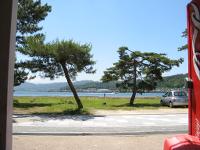
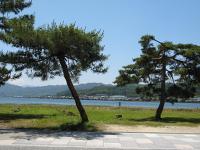
Boredom while I was trying to finish my Coke.
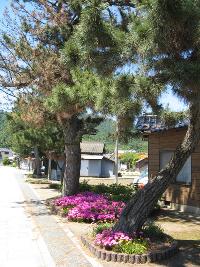
Trees
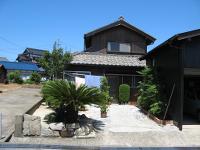
I quite liked the garden of this house
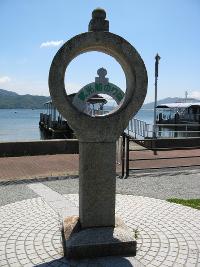
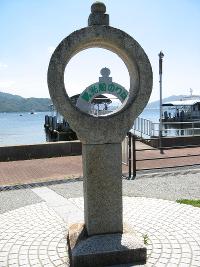
The other Chie-no-wa Toro ("wisdom ring stone lantern")
I then visited the Kono Shrine, where "festival God of here is God of ancient times Israel. The makes of the Shinto shrine and the Tabernacle are almost same. Japanese carry "mikosi" which means the portable shrine at the time of festival. This custom is conveying the figure that Israel carriy the Ark of the Covenant until the present lively. Although Japanese eat rice cake in New Year, this is leaving the custom of Passover as it is."

Torii
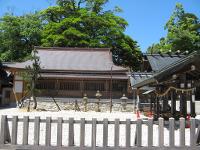
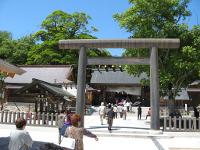

Fenced-off washup point

Grass at one of the sub-entrances. I'm sure it has some significance.
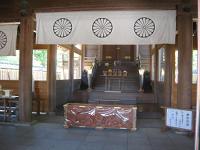
Altar
Here is something I need readers' assistance with:

"恋爱成就" (note the honour system: at some less well-staffed shrines and temples merchandise is sold this way)
The actual amulets say "恋成就お守"
So far I've figured out that they are "Love success amulet". What I haven't figured out is whether:
i) the ones with a guy on the front are meant to find you a guy and the ones with a girl on the front are meant to find you a girl (possibly "heteronormative")
or
ii) the ones with a guy on the front are for guys and the ones with a girl on the front are for girls
I have one with the guy and two with the girl, so either way I'm hedged. Maybe I should just keep all three, hurr hurr.
[Addendum: The ones with the boy are for boys and likewise for the girls.]
Closeups:


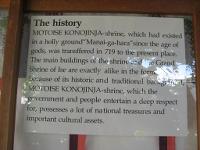
Shrine plaque
The standard Japanese rate for ema (prayer plaques) is Y500, except for Meiji Jingu, where they were Y600. I considered dedicated one with the prayer: "I wish more people here would speak English".
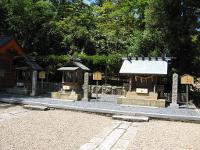
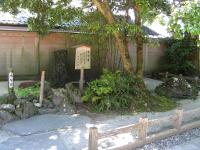
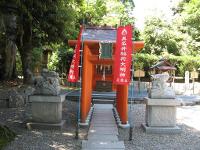
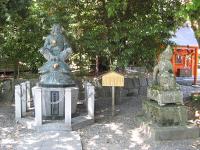
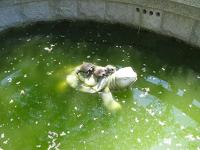
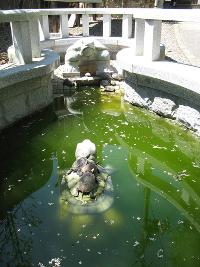

Turtles on a turtle
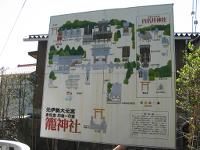
Map of shrine
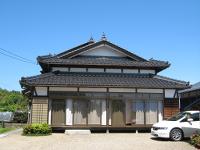
I like the birds on the roof of this house
Next I went to a less visited shrine further away, Funai Jinja.
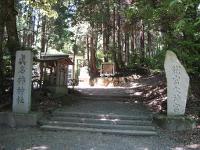
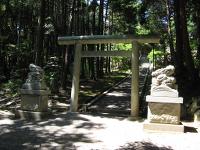
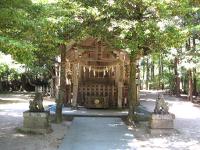

Although the shrine looked old, there were signs of modernisation like:

Power supply in the side of one building

There was no one but me and the CCTV camera

I Am The Walrus

This being "真名井" ("True Name Well") presumably you were supposed to drink some of the water. I assumed the decanting tools here were to help visitors do that. Although I'd finished the Coke I'd decanted to my bottle, I decided not to fill it up with water from here, because it was "真名井" and not "清洁井" ("Clean Well")
There was a Fumato Shrine another 0.4km away but I decided to forget it and just mount the hill for my view of Amanohashidate.

"Water, with Natural Mineral Water"
This being the country of snake oil, I can see people falling for this.
After so much walking, I decided to have some ice cream.


Soft serve with black bean paste. I think the second is chestnut.
I visited the toilet of that outlet and saw strange things, like:

English-Tagalog fruit chart

A roadside shop in Amanohashidate was also the last place I expected to see a modern Jap toilet.
I like how there's a soap dispenser, unlike in MOST JAPANESE TOILETS, and it is integrated into the toilet seat (if you use too much soap, I can imagine the next flush being... interesting).

I can't remember if I pressed the pink button to see if this model had an ATR.
The nice thing about Japanese restaurants is that the ones that don't serve you tea from the get-go all give you free iced water, and it's mostly automatic.

Chestnuts. Before this I didn't know they came with hair. Blame gao laak sellers.

Bamboo (?)
Tired of walking, I took the funicular up. From the funicular I saw people on the parallel chairlift (don't ask me why there were 2 forms of transport with the same origin and destination). Somehow I didn't see the chairlift before I got my ticket, or I'd have tried it.




Chairlift. Notice the safety net. How wimpy.

Funicular


View from Funicular
They had more money-making gimmicks from the top.


You pay Y100 for 3 clay (?) discs which you try to fling through the hoop. IIRC I asked a young Jap couple what would happen if I was successful - would I be granted good fortune? Typically, they were unable to answer.
I then got my view of Amanohashidate from the viewing point.




No, do not adjust your screen. It's supposed to be like this.
Viewing Heaven's Bridge
"The proper position of the bridge is in the heavens which requires the viewer to turn their back to the view and look out upside-down through their legs. The view down the mountain, while assuming the proper position, is considered one of Japan's three best views. Millions of people have come view Amanohashidate upside-down for over a millennium."

Me doing the Matanozoki (the name of the poze), following in a millennium-long tradition.

View from the wrong side up











Islands

Seaside village

Local brand food. It was probably lousy and overpriced (capitalising on the name) so I didn't buy any.


